|
Does the following sound like something you might say? "I want to do guided reading, but I teach French. How can I make it work with kids that have limited French language skills and who are afraid to speak? " I know it can be more difficult with a second language, but it is possible to make it work successfully. Benefits of guided readingFirst of all, you need to understand why guided reading is something to consider. In most classrooms, kids learn at different speeds and they have different levels of comprehension and language skills. Teaching to the whole class at once doesn't always meet the needs of every student. Working in smaller groups helps with targeting information that is needed to develop language skills and comprehension and this helps build up confidence. Each group can work on material that's appropriate for their skill level. It works for those who need extra support, those who are doing okay, and those who need enrichment and a challenge. Those that need more support are able to get it in a safer environment. They will take more risks if they feel encouraged and less intimidated. This will help them to build confidence and be successful. Guided reading and FrenchWhen it comes to teaching FSL with guided reading groups or center activities, the challenge can be greater because of limited understanding of the language. However, guided reading groups can give French beginners the chance to engage with the language in meaningful ways and practice their new skills. They also gain exposure to French in a supportive environment. Although I don't have a lot of experience with using guided reading in French Immersion, I can tell you that when I was volunteering in a Grade 1/2 French Immersion class, the small groups that I worked with behaved in a similar manner to those guided reading groups I had in my English classroom. If you choose to do guided reading, it's important to make sure that you have centers set up with appropriate activities and materials for the groups that are not getting direct instruction. At any guided reading center or station, it's important that all participants are given the opportunity to practice their French whether they are working independently or with a partner. There are definitely challenges to running a guided reading program in early French Immersion classes due to the language skills needed, but it is doable once they have some basic skills. Later on in first grade or in second grade, most students should have enough language skills to handle independent activities at centers if they are taught how to use the different materials and activities. Extra adult support would be helpful so that multiple stations could be used. If not, you may need to work with any group receiving direct reading instruction while the rest of the class is working on one or two different activities. Center ideas and activitiesif you are able to run multiple centers there are many different activities that you can try. Here are 4 different types of centers that you could consider along with possible activities that can be done at them. Vocabulary center- alphabetizing exercises where words must be sorted into alphabetical order; - matching word cards with images - flashcards games - word bingo - sorting task cards by sound or rhyme Sentence building and words center- Sentence building and word games - word searches - crosswords - sentence building using word wall or word banks - sentence scrambles - silly sentences Listening and recording center- listening to French songs - recording stories read - reciting a poem in French - engaging in audio reading where they can listen to a story and respond to questions afterward. Writing center- creative writing assignments in French that focus on feelings and emotions; - responding to text-related questions to build on comprehension skills - French comprehension worksheets - filling out simple dialogues with pictures to teach common words and phrases - making storyboards - sequencing images to create stories Other activities to develop French language skills- role playing skits - partner reading where students help one another with words they don't understand, - creating a story together with a partner using select vocabulary words - using both auditory and visual clues while giving directions in French - comprehension quizzes on text that they have read Directed reading group ideasTo help ensure beginning students become proficient French speakers, there are several easy-to-implement French activities that can be applied to your directed guided reading groups. Examples include dictation exercises, introducing stories in chunks and practicing context specific vocabulary; practising letter recognition, phonemic awareness and word building activities; drawing story maps to help narrate the plot; playing dramatic storytelling games or roleplaying French dialogues. French Language ResourcesHere are some French language resources that I created and used in the classroom while volunteering. They may be helpful as you set up different activities and centers for your class. Themed vocabulary word match activities vocabulary task cards emergent readers escape room activity word games and activities Using guided reading and centers in French classes can be challenging, but it can also be very rewarding. By using creative tips and tricks to engage your students in their learning environment, they are sure to see progress. Here is a new French resource that you could use for vocabulary work or sentence building. It has 81 high frequency French words with the English translations so it can be used for a variety of different activities. Related Posts
0 Comments
I don't know about you, but when I try to learn new things, I find that I learn better if games and activities are used. This motivates me and encourages me to take risks in a safe environment. Because this works well for me, I use a similar process when teaching. I have found it especially successful when teaching French to beginners. The use of humor and creativity is also a great way to connect with your students. This helps them to take chances and encourages them to keep going. Tips for teaching FSL to beginners - Getting startedThese tips for getting started will help establish a positive environment for those beginning to learn French. Learning vocabulary and some basic phrases are key if you want your students to develop an understanding of this new language. Games are a great way to introduce these key elements and have fun at the same time. Try word puzzles, matching games, or even playing bingo if you're working towards basic vocabulary recognition. Teaching the intricacies of French grammar can be challenging at times, especially for younger children. Remembering masculine and feminine nouns can make your head spin, but fear not! If you start with thinking and memory games that match vocabulary and images, a connection can be made so that it is easier to remember whether an object is masculine or feminine. A personal dictionary can also help. Focusing on simple speaking and writing activities is an excellent way to give children a foundation in FSL. Additionally, storyboards, photo boards, and puzzles are all great tools for beginners as they provide students with more visual representations of French concepts that can help improve their understanding. Ideas to encourage speakingFor practice speaking, here are some suggestions. - role playing conversations between two people - theater exercises such as charades or "guess that phrase" - sharing stories about their day, talking about something on vacation or giving compliments in French - FSL songs or stories that feature grammar rules you've covered in class - acting out skits - choral reading of French stories - games like "Go Fish" Ideas to encourage writingFor writing, here are some activities to consider. - write sentences describing a picture or a story they made up. - build sentences with magnetic tiles - fill in the blanks with French vocabulary words to create simple stories - get creative and assign an obstacle course of sorts where they must correctly form sentences by walking around the room holding flash cards to spell out words - create a storyboard with pictures representing different verbs or nouns - try some scaffolded writing activities with sentence prompts or word banks - choose a selection of vocabulary words and create a scenario for others to act out - writing tasks that focus on grammar are also important to practice basic sentence structure It's important to provide encouragement and support while your students are learning so they won't be scared to take risks with speaking and writing. Motivation and a safe environment can go together. Here is a free matching activity and game that might be fun to try. Click on the image to get a copy. You can find many other French language games and activities in my TPT store. Related PostsLast time, I wrote about using a second language after not using it for many years and how it was like riding a bicycle. It would be rusty, but with some practice it could come back. Imagine now that you were starting to learn a language with no previous experience to fall back on. You don't know any of the vocabulary, the way that the sentences are formed is different and all the nouns are either masculine or feminine, but you don't have any way of figuring out which gender they are. Imagine the feelings you would have if you needed to communicate. This can be the way young children feel when they enter an immersion program. Note: I will be referring to French throughout this post as that is the second language I have familiarity with. However, these thoughts can apply to other languages as well. When young children enter into an immersion program, they don't have someone translating for them. They have to figure out what is being said through pictures, stories, gestures, and songs. As they begin to do various activities and their ears become attuned to the accents and the ways the sentences are spoken, they will gradually develop a vocabulary that they can use to begin communicating themselves. Here are some ideas to help kids feel more comfortable when learning a new language. Some of these ideas will also work for older learners. it's important to keep in mind that beginning French learners can be scared to take risks in speaking and writing French, especially if they are older and more self conscious. If you are teaching French Immersion or tutoring beginning learners it can be challenging when your students don't understand what you are saying and they are unfamiliar with the sentence structure and grammar rules. You have to remain patient and provide activities that will engage their attention and stimulate their French comprehension. French immersion can be a tricky subject for beginning French learners, especially when it comes to grammar and remembering which words are masculine or feminine. To help ease their transition into French speaking, try encouraging them to take risks in their French by providing fun speaking and writing activities. The goal is to help them get comfortable with the language and encourage them to take risks speaking and writing. Listening carefully and repeating stories or poems, playing guessing games to learn vocabulary, conjugating verbs, creating songs and rhymes, as well as writing French postcards are among the many captivating tasks you can use to engage your new French speakers. If your students are reluctant to participate, try starting with gesture-based activities like Simon Says and Follow the Leader; challenge the children to listen carefully and respond in French. Instead of educational games, use French-style charades or improvisations where they build French sentences around their body movements. Beginners can sometimes even find it intimidating to take a risk and speak any French out loud – so here are some activities you can use in your classroom to develop French fluency among students. A good activity for speaking French is role-play of everyday tasks, like grocery shopping or ordering a meal, which shows students different ways they can use French in their daily lives. Other useful activities include group work to help students practice conversation, playing Pictionary or matching word games for spelling and vocabulary building, creating board stories or comic strips for writing practice, and making silly sentences. These activities are great for making French both challenging and amusing for beginning learners. Fortunately, there are plenty of fun activities that can be done to help them understand French better. I have only provided a small sampling of ideas. Throughout the years, I have created many resources that have been helpful in the classroom and with tutoring young students. You can check out my TPT store French categories to find out more about them. Here's one that can help with ordering food at a fast food place. This was created with one of my students. Click on the image to check it out. Don't forget that helping students feel safe makes a world of difference when exploring French -- positive reinforcement and plenty of encouragement will foster enthusiasm for speaking and writing in French. Related PostsDid you learn a second language when you were in school? How comfortable would you be using it now? Imagine for a moment, that you were thrust into a situation where you needed to communicate and the only language spoken was the one you learned years ago at school. I suspect you would be tongue-tied and maybe even a bit petrified to attempt to speak at all. But, there is hope. It can be like riding a bicycleLearning a second language can be tricky at first, but once you get the hang of it, it will be there in the future as you need it. Often people say it is like riding a bicycle. With a bit a practice it will come back from the cobwebs of our memories. It can sometimes be difficult to re-learn how to speak and write in a second language after not using it for a long time. Even the most experienced second language speakers feel shy or rusty when it’s been a while. However, like riding a bicycle, all of those skills you developed come back to you quickly when you start using the second language again. To help with confidence when speaking and writing in your second language, try taking an online course that reviews basic grammar and conversation topics. This can help refresh your memory and get conversations flowing again. Plus, we all need to practice our second language from time to time so that we don’t lose the skill entirely! Sometimes you need a reason whyI still remember when I started to refresh my French after not using it since high school. My kids were entering into French Immersion and I wanted to be able to understand what they were working on and help them out. I took a couple of courses through online university and with a bit of practice, I became comfortable with the language again. I started to help out in the classroom and this made it easier to see how to use simpler forms of the language to communicate with the kids. I also was able to practice my French with the kids without fear of any mistakes I might make with gender usage. Note: I still find it tough to remember which nouns are masculine and which are feminine. I often keep a dictionary nearby to check this out or I go to an online dictionary. I am so glad that I did brush up on my French, because when I first started teaching, I ended up in a long-term substitute situation where I needed to teach Grade 1 French Immersion for 4 months. With the help of my colleagues and with my knowledge of how to teach different subjects, I was able to create materials and lessons that worked. It was scary, but I realized that I could do it. That immersion into my own kids' classrooms helped me to learn simpler ways of communicating with my students and I was able to transfer that to my classroom situation. Following the 4 months in Grade 1, I ended up teaching French Immersion music for 9 years. This meant I needed to learn all the specific French jargon and terminology for music. Talk about choosing to jump into the fire! But I did it. Who knew that Frère Jacques could be sung so many ways in Kindergarten. I used it to teach emotions, beat, rhythm, echoing, and many other things when I first had the kids who knew no French. They thought that I was very silly, but they had fun joining me. You may need to refresh more than onceFast forward several years, and my French was rusty again from lack of use. I decided to do something about that because my grandchildren were entering French Immersion. I started to brush up on my French and volunteer in my grandson's classroom. I started creating resources for my older grandson who was going to go into Late Immersion and I started to tutor some other students who were going into Late Immersion. It was much faster getting my fluency this time. The grammar made sense and the vocabulary came back quickly. Creating the resources and using them with beginners also helped me to find out where things needed to be modified to make them work better. If you are interested in checking out some French resources that work for young learners or those beginning in Late Immersion or FSL, check out my French categories in my TPT store. Related Posts |
About Me Charlene Sequeira
I am a wife, mother of 4, grandmother of 9, and a retired primary and music teacher. I love working with kids and continue to volunteer at school and teach ukulele. Categories
All
|
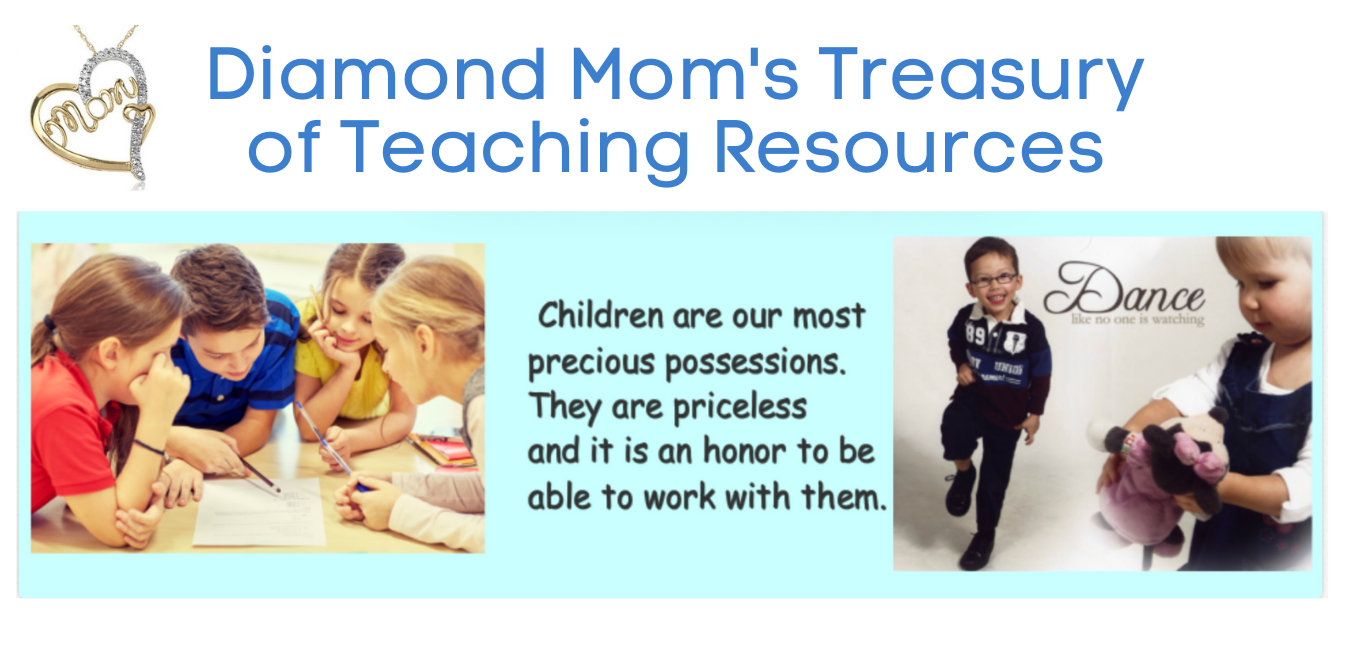

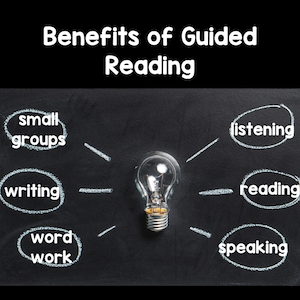
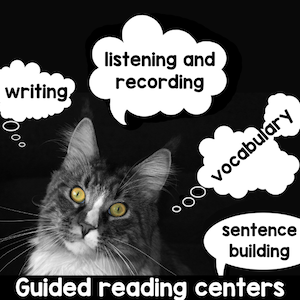
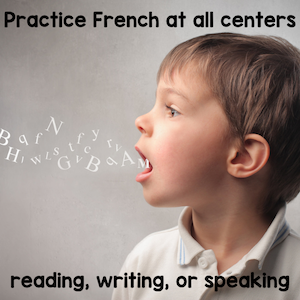
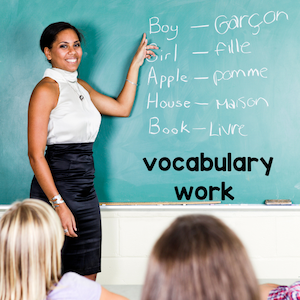
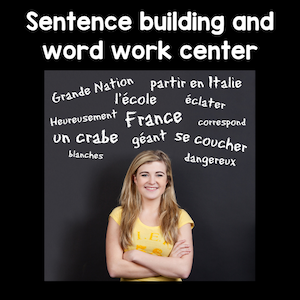
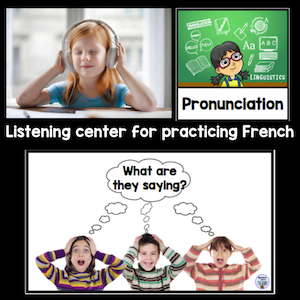
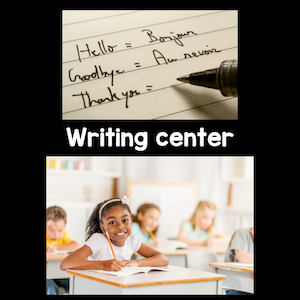

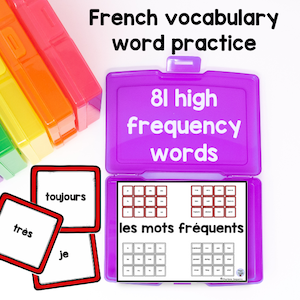


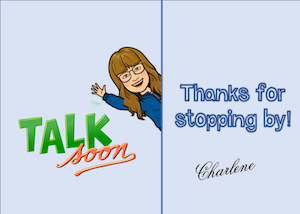


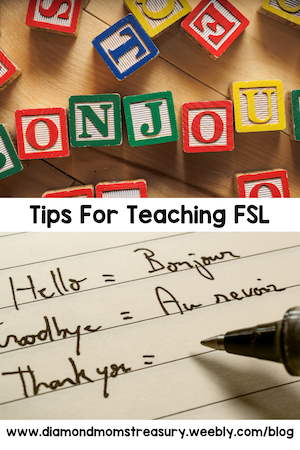
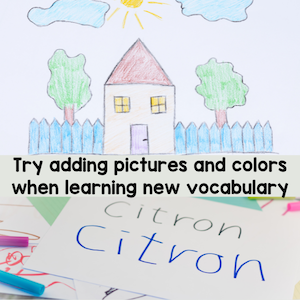
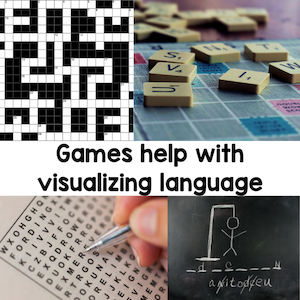


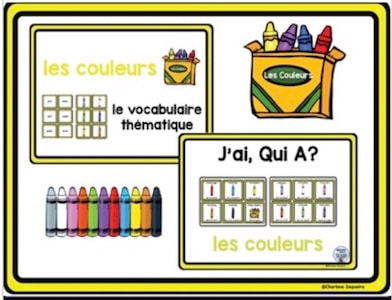
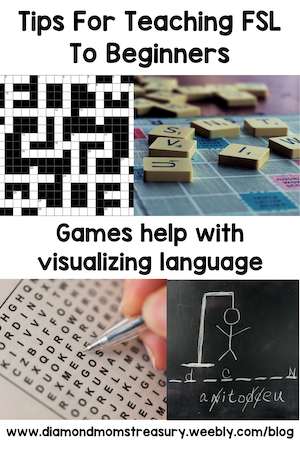


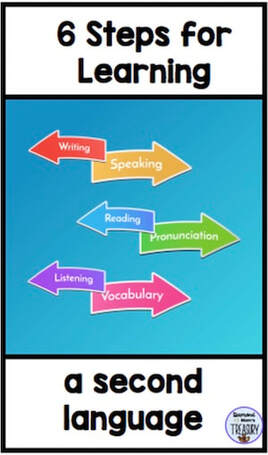
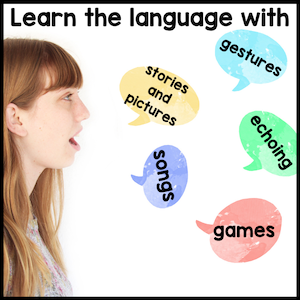

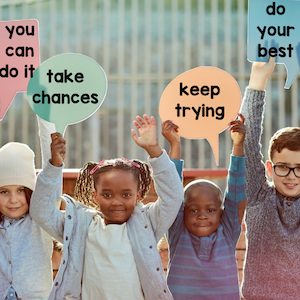


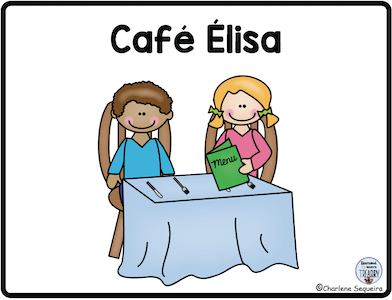


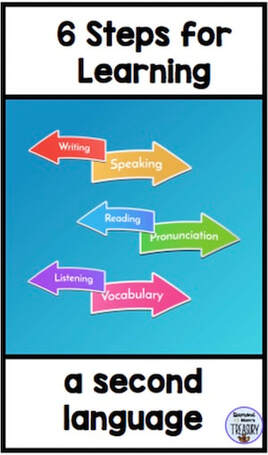




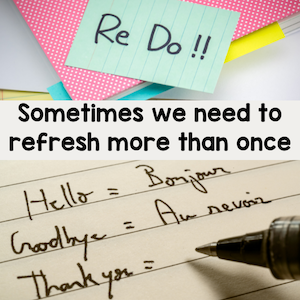
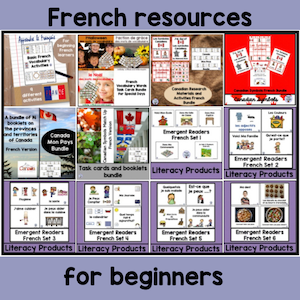
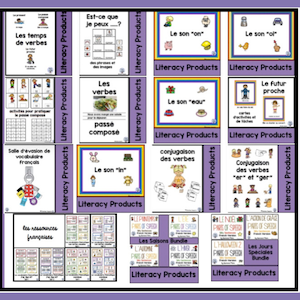







 RSS Feed
RSS Feed